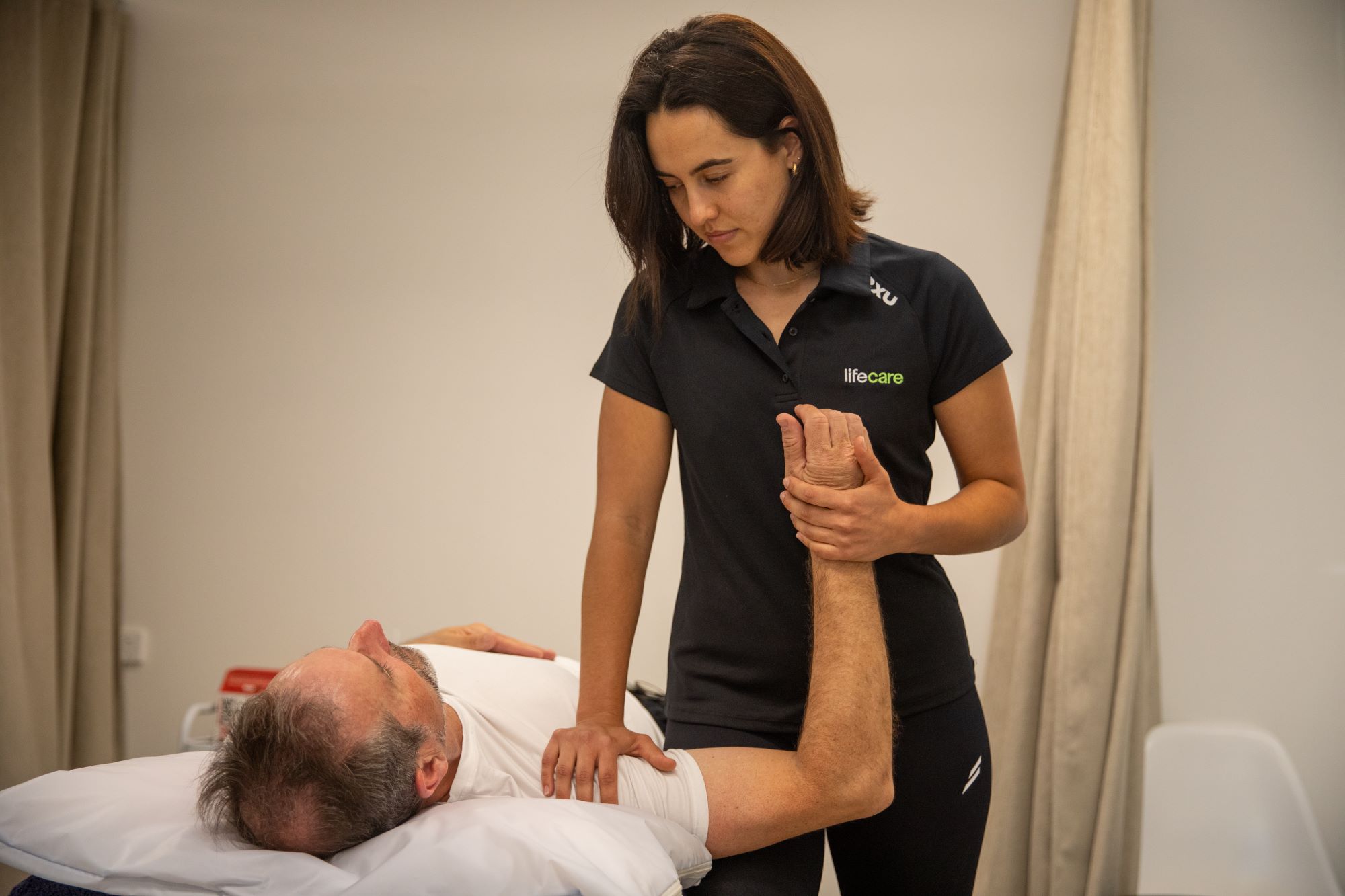The benefits of exercise on rotator cuff impingement
A systematic review by Kuhn in 2009 found that exercise has statistically and clinically significant effects on pain reduction and improving function.
When augmented with manual therapy this improvement was further strengthened.
Most studies in the review found that function improved with exercise.
Interestingly when acromioplasty was added to exercise there was no significant difference when compared with exercise alone.
It was identified that home exercise programs may be as effective as supervised exercise.
On reviewing the literature it was suggested that patients should receive supervised therapy 2-3 times per week.
ROM and flexibility exercises should be completed daily and strengthening 3 times per week.
Ultrasound was found to be of no benefit in the treatment of shoulder pain due to rotator cuff impingement.
Research also showed that physiotherapists are well qualified to treat a painful shoulder, and can also accurately diagnose the reason for shoulder pain.
References
- Kuhn JE. Exercise in the treatment of rotator cuff impingement: A systematic review and a synthesized evidence-based rehabilitation protocol. J Shoulder Elbow Surg 2009; 18, 139 – 160
- Michener LA, Walsworth MK, Doukas WC, Murphy KP. Reliability and diagnostic accuracy of 5 physical examination tests and combination of tests for subacromial impingement. Arch Phys Med Rehabilitation; 90, Nov 2009, 1898 – 1903.

